In previous blogs we have seen how useful items such as scarves, keffiyeh and bandanas can be. North Vietnamese soldiers often favoured a neckerchief cut from camouflaged cargo parachute material. This was generally worn inside the jacket but could be spread over the shoulders for additional camouflage. A similar idea is seen below using capes of more conventional camouflage material. Capes and cloaks have often been a topic of these blogs but so far I have not made much discussion of their merits for concealment.


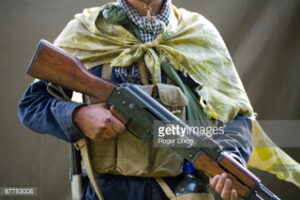

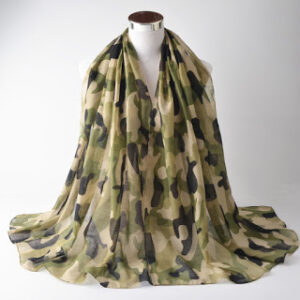
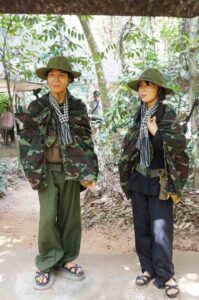






Recent posts should have made it clear that there is a lot more to camouflage than simply colours and pattern. Shape and silhouette are also very important. There is very little point in camouflaging your face and headgear if a distinctive head and neck shape is visible.
Some camouflage systems recognise this. The Soviet system shown below is obviously designed to conceal the distinctive head and shoulders shape. Modern sniper ghillie suits often address this too. There is, however, in some quarters, a silly attitude that such levels of shape disruption are “just for snipers or special forces”. While it is not practical for all infantrymen to operate in ghillie suits improvements can be made over current levels of camouflage. There is more involved in camouflage than simply wearing a patterned jacket and helmet cover!
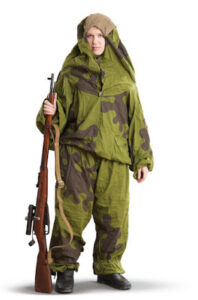
Possibly the most practical approach is to create a sort of “soldier’s mantle”. In effect a short cloak or shawl. Shown below is a small net-like item that might be a good starting point. Ideally it would be a light sand colour to be suitable in the widest range of environments. A few blobs of a darker, contrasting brown colour would not hurt. Like the helmet camouflage that was described in a previous blog the camouflage effect is greatly improved if three-dimensional materials such as hessian, scrim and raffia are added. One of the reasons for selecting a net-like material is so that natural materials can be added too.
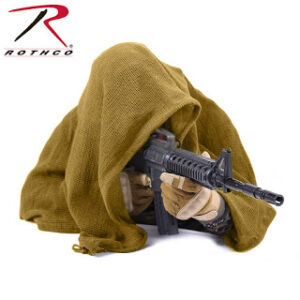
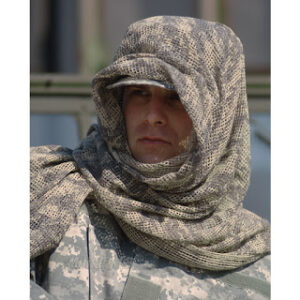


To correctly position the mantle drape it over the head as was described in this post. The material can be then folded back to gather around the neck when on the move, draped over the head for better concealment when more static. The best way to keep the mantle in place is to sew laces or toggles where you jacket collar meets the shoulder. This leaves most of the mantle free to be draped over your webbing or rucksack straps. The material hanging down in front may help conceal your weapon and chest equipment. Material at the rear will help conceal the top of your pack. The mantle should be of a size that it just covers the upper arms. The folds of the cloth help break up the shape of the shoulders, even when not worn over the head.